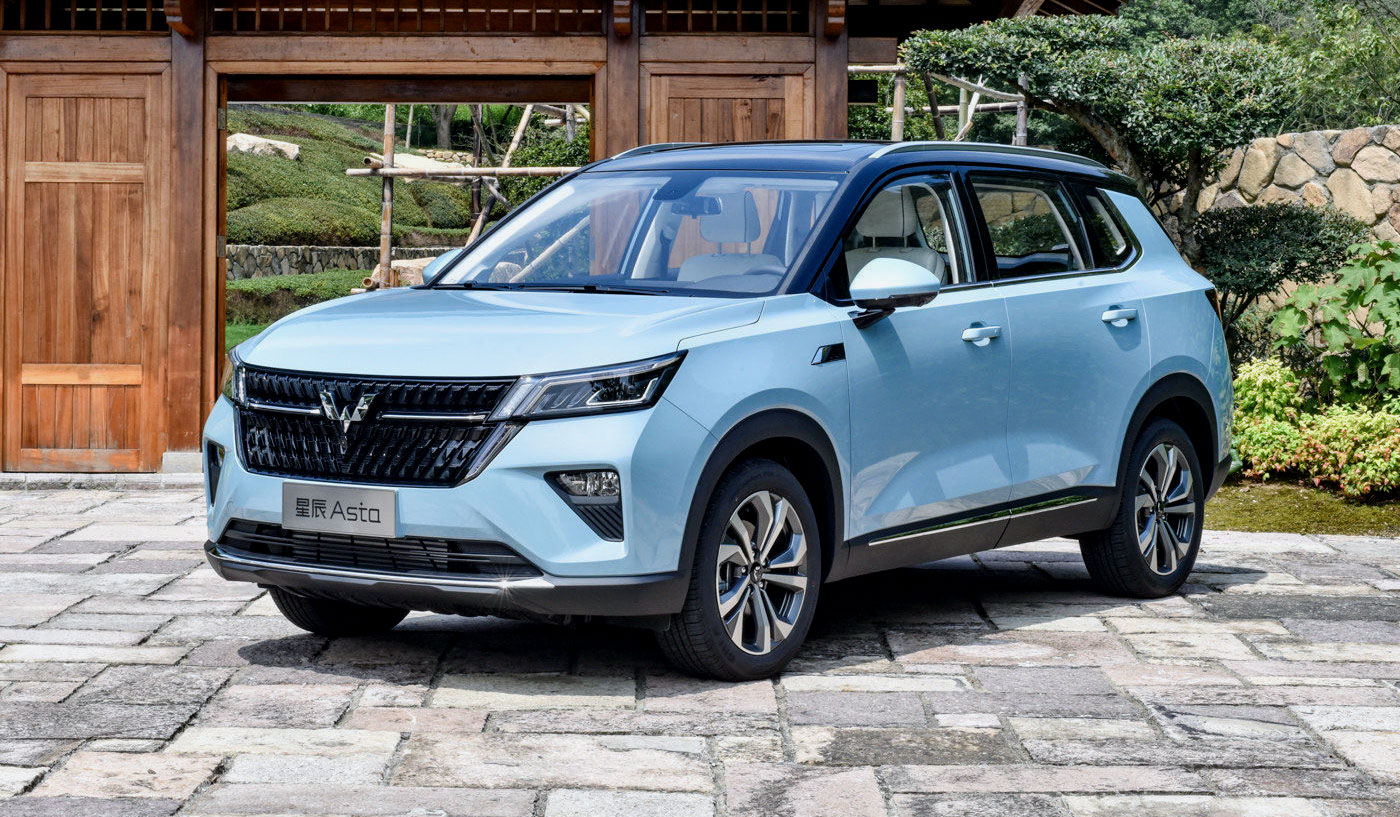StealthP3D
Well-Known Member
On the trip I am on right now, trucks are driving the speed limit which is 70-75 mph. Perhaps in the East coast they go 60-65, but not here.
Humans do not always make decisions with the optimum economic outcome. Also, there is no one optimum speed for every situation. For example, a diesel truck going downhill will have the most favorable economics if they don't use their brakes (as much as safety allows). They will use less fuel and wear their expensive brakes less if they just let 'er roll. An electric truck will have the most favorable economics by limiting downhill speeds to 60 mph, or as much as regen allows (within reason). In an electric truck, limiting aerodynamic drag by avoiding higher speeds increases regen potential and thus range while reducing recharging costs and time. That is one advantage that is impossible for a diesel truck to harness when descending long grades. When it comes to brakes, it's burn, baby, burn. It costs money. The fact that they were creeping up that 6% grade on the other side at only 35 mph gives them extra incentive to make up time when they can. The Tesla semi can pull the maximum load up a 5% grade without slowing down. Remember the story of the tortoise and the hare.
Truck drivers are individual humans and if their speed on the flats is not limited by technical, legal factors, or company policy, the speed they choose will be largely determined by their own desires and human idiosyncrasies. And, as in investing, human idiosyncrasies often cause sub-optimal decisions to be made. For that reason, many trucking companies have maximum speed policies that are lower than the legal maximums and some even enforce it with remote telemetry technologies using satellites. Independent truckers who own their own rigs will often make decisions that actually lower their hourly earnings simply to finish the job more quickly. They end up with less hours driving, at a lower hourly compensation and then some of them will have the nerve to complain how difficult it is to make it financially as an owner/operator once they cover fuel/maintenance, insurance and the amortized cost of their rigs! Because they don't know how to drive their rigs in a way that makes them the most profit.






:strip_icc()/i.s3.glbimg.com/v1/AUTH_da025474c0c44edd99332dddb09cabe8/internal_photos/bs/2022/v/K/7JEhydSyWDZCnOZ3yC8g/thumbnail-foto-divulgacao-lagoa-dos-ventos-1.png)